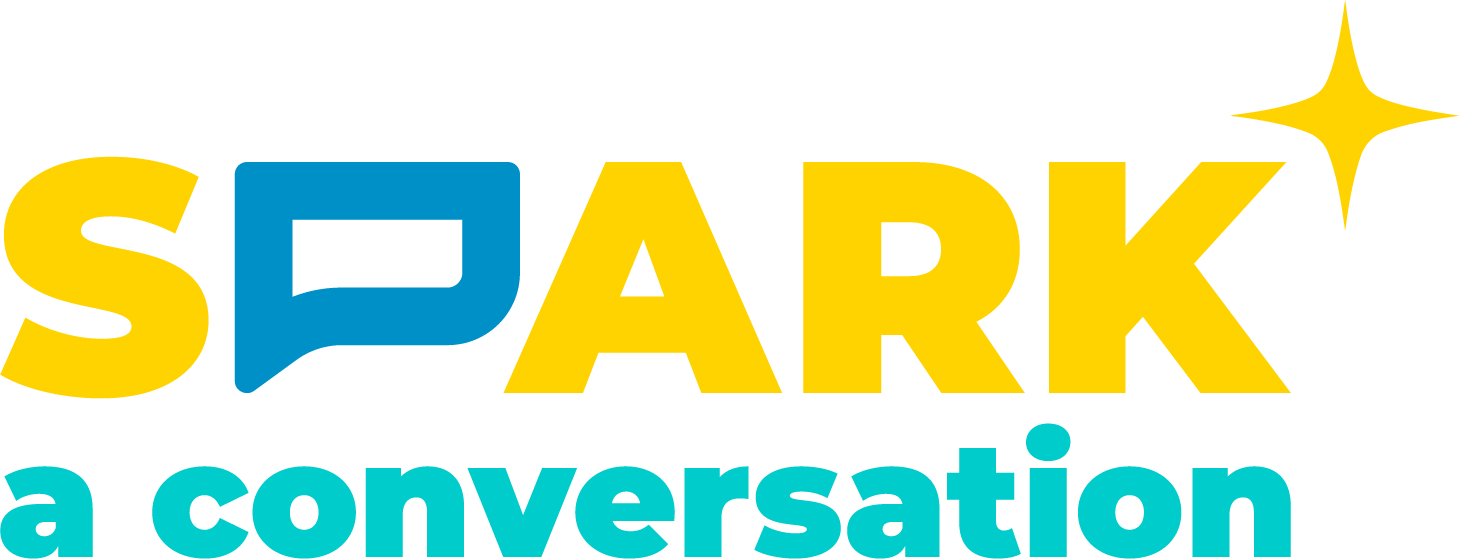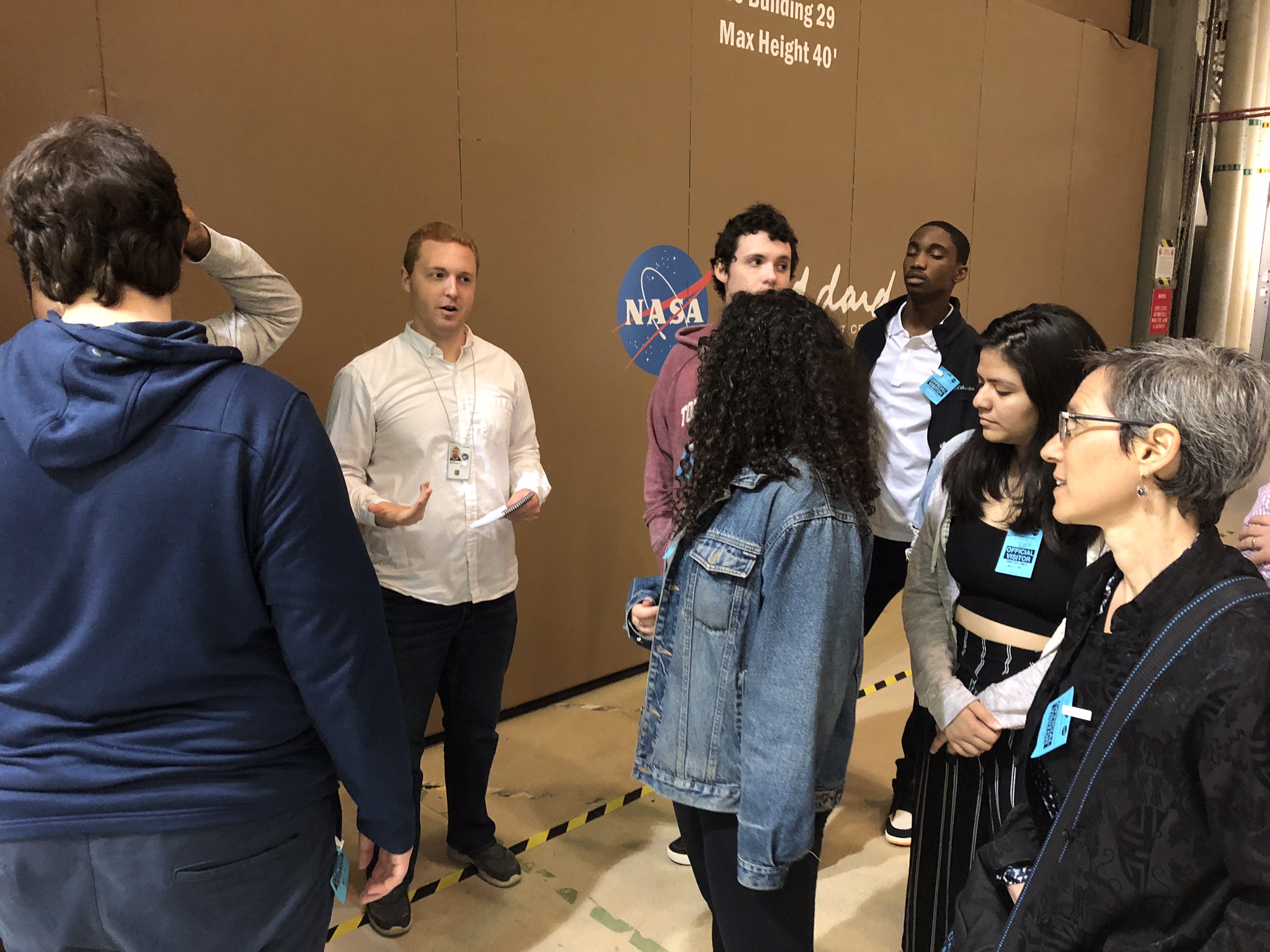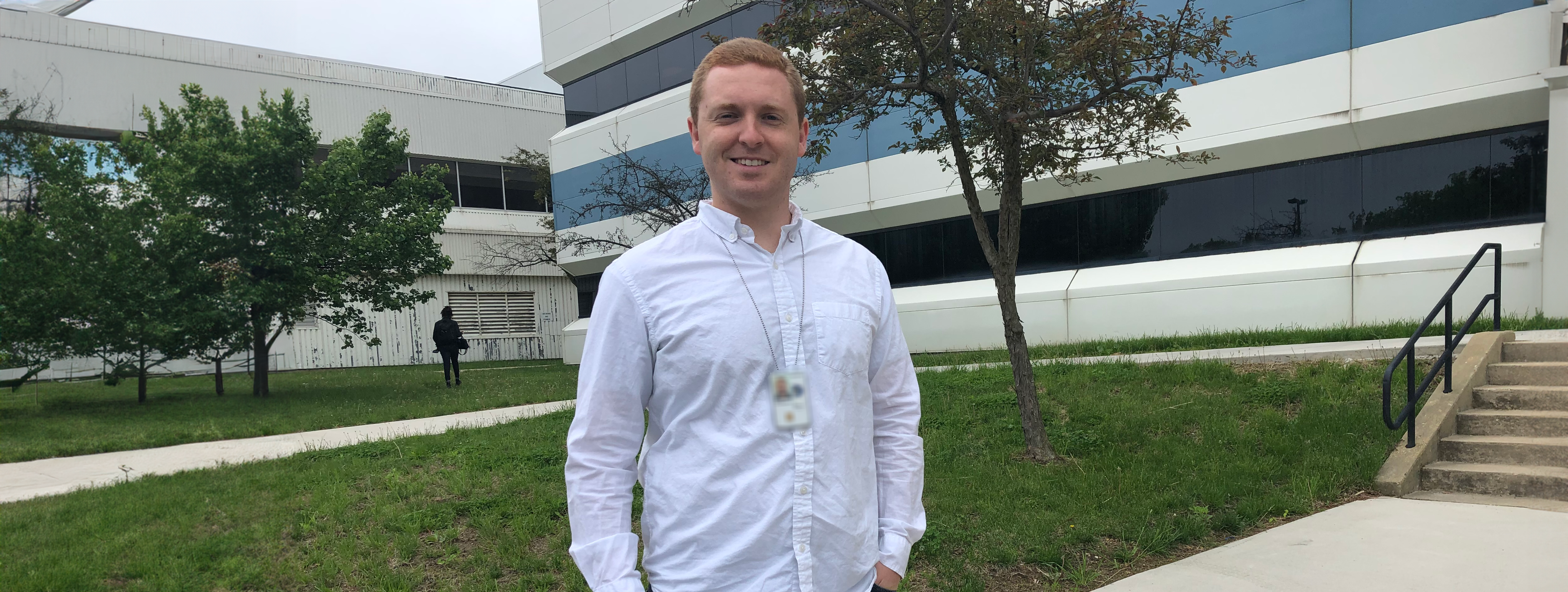
Aerospace Engineer Alexander Walts helps build equipment that goes into outer space to measure X-ray radiation emitted by black holes and other objects.
If you could go anywhere in outer space, where would you go? Why?
“I just want to work on something that goes into space. I don’t care if all I do is tighten one bolt. I just want to see the rocket go and know that I did something on that thing to make it work.”
That was Aerospace Engineer Alexander Walts’s wish in college, when he sent out hundreds of applications for internships, hoping to eventually be accepted to one that would push him closer to his dream.
Today, he builds critical parts of machines that will help detect X-ray radiation in outer space.
Working on XRISM, a joint project between NASA (the National Aeronautics and Space Administration of the United States) and JAXA (Japan’s Aerospace Exploration Agency) with help from ESA (the European Space Agency), Walts does much more than tighten a bolt.
There are objects in the universe, such as black holes and nebulae (giant clouds of dust and gas), which emit X-rays. XRISM (pronounced “Krism”) — the X-ray Imaging and Spectroscopy Mission — will launch on a JAXA H-2A rocket, carrying an X-ray spectrometer (“Resolve”) and an X-ray imager (“Xtend”). Its goal is to use that equipment to find and measure the X-rays that will teach scientists more about celestial X-ray objects.
Engineers at NASA Goddard Space Flight Center, in Maryland, are building Resolve. Walts’s team designs and assembles harnesses and cabling, which contain wires that help the different parts of the equipment communicate with each other. There’s no WIFI communication on XRISM, so wires carrying signals play a key role on the spacecraft.
How can you protect these important wires from the extremely hot (at launch, for instance) and cold (in outer space) temperatures around the spacecraft? From the tiny particles that would cause great damage at the speeds they will be traveling? And from radiation and electric fields, which can interrupt the signals the wires carry?
One material Walts and his colleagues use is Kevlar, a very strong plastic also used in bullet- and knife-proof vests. This synthetic (human-made) material, invented in the early 1960s by Stephanie Kwolek, is stronger than steel wire and works well at temperatures up to 850 degrees Fahrenheit (450 degrees Celsius) and also at very low temperatures (down to -320 degrees F / -196 degrees C).
Even a tiny particle can cause great damage to objects moving at high speeds. By wrapping wires in Kevlar, NASA engineers protect them from micrometeoroids (microscopic particles in space) as well as extreme temperatures.
Walts also wraps metal braids around the wires in the harnesses he helps build. This metal acts as a Faraday cage to prevent low-frequency “noise” from threatening the Resolve’s equipment.
Faraday cages, made of grounded metal that conducts electricity, interact with static electric fields and electromagnetic radiation so that the wires or other objects inside of them don’t have to.
Airplanes and cars are Faraday cages: lightning hitting them does not electrocute the people inside. And MRI machines and other important, sensitive technology are protected by Faraday cages, whose potential was explored by Michael Faraday, a physicist who lived in 19th-century England.
Walts loves his work. “As an engineer, you’re literally building things that have never been done before.”
Even as a child, he loved to build, using Legos, K’nex, Lincoln Logs, and a bridge-building kit his father had used decades earlier. With its girders and panels, Alex created buildings’ metal skeletons and of course many bridges.
Like his dad, Alex keeps his toys. He still has all of his Legos and has continued collecting them. The day Math4Science interviewed him, Walts told us that he had 100,000-200,000 Legos and that he had just bought a new kit the day before.

On Saturdays, he used to spend as much as six hours at a time exploring different ideas he had about how to connect things, “not always building anything in particular.” Time with these toys “allowed me to be very creative very young.” “From how much time I spent doing it, I knew that I wanted to” pursue engineering.
Though he loved watching the space shuttle launch, read lots of science fiction, used a telescope from the age or 10 or 12, and went to college at Embry-Riddle Aeronautical University, it wasn’t until working on his masters of science at the University of Maryland that Alex figured out what kind of aerospace engineer he wanted to be. A course in heat transfer, taught by NASA’s Eric Silk, made Walts think “This is phenomenal. This I can see myself doing.”
Why? Walts’s answer is scientific:
The thing that makes thermodynamics and heat transfer very interesting to me is that it’s a very unique blend of not only engineering and engineering mathematics but also physics. You’re really talking about energy — heat is energy; temperature is just a way of quantifying energy.
You really have to understand the physics down to the molecular level of the things you’re working with and engineer around that. Do I want to use steel or titanium? Structural engineers have to use a spec sheet to figure out the strength of each metal and decide what to use. This involves molecular properties. But in heat transfer and thermodynamics, the physical properties of the material are critically, critically important and you have to have a daily understanding of what’s happening at a molecular level.
Conductivity changes so much over a wide variety of temperatures. It’s a good way to exercise not only engineering and engineering mathematics but also science as well. If you don’t understand the science behind it, you’re not going to be a great engineer with it.
In addition to combining his understanding of physics with his passions for building and for space, Walts uses math at NASA. Calculus helps him understand the way metals like copper conduct heat. “Everything has a thermal gradient. And once you use the word ‘gradient,’ you’re getting into calculus.” (The slopes of lines that you learn about in algebra class can be thought of as gradients. Keep taking math and you’ll eventually get to calculus and the integrals that Walts and his colleagues rely on to understand the relationship between temperature and conductivity in the metals they use at work.)
Do you like taking things apart? Designing new stuff and building it? The idea of exploring outer space? Check out NASA’s internship programs. Walts did three student internships at NASA before starting full-time work at Goddard. “I applied for literally like 300 different internships and it wasn’t until the 298th that I got accepted for something.”
When you’re rejected for something, Walts advises, don’t give up! “You’ve got to keep pushing forward” to achieve your dreams.


